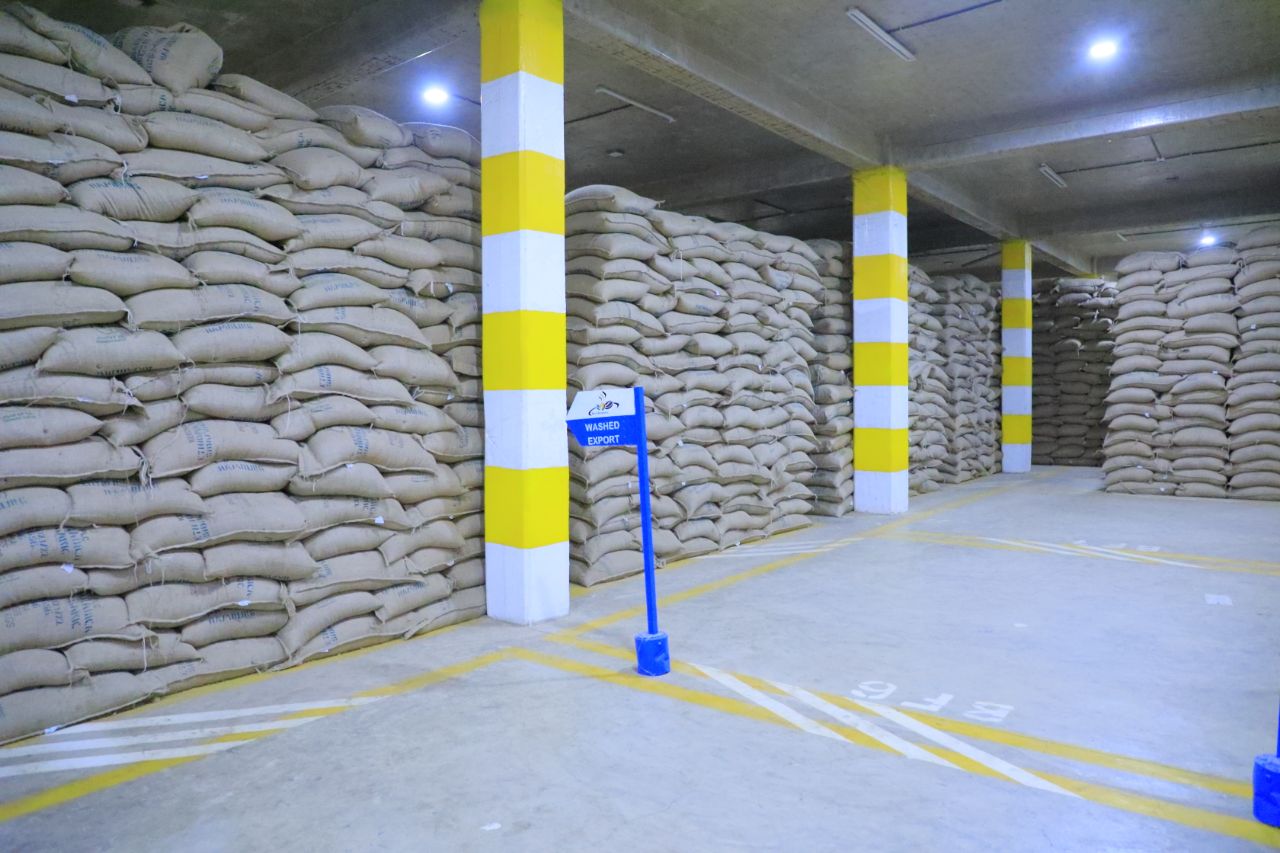The international coffee sector logistics have always been hard to discuss and over the last couple of years, several challenges have grown dramatically.
Besides the margins caused by the Covid-19 pandemic, shipping charges have now started to increase and there exists a shortage of staff at various critical phases. This has not only headed to the rise in expenses but also hindered shipments all across the industry.
Let’s have a look at these logistical challenges of the coffee sector in detail.
Shipping of Coffee
Once coffee went through the stages such as harvest, processing, drying, milling, grading, and storing, one after the other, it is then time for transporting it.
The transportation of coffee is carried out by firstly loading into shipping containers, moving to the port, and finally loading into a cargo ship container. Containers get unloaded while these ships reach the destination and the coffee then makes its way to warehouses to be traded.

This process usually takes weeks to months and the major thing one should note is that the whole supply chain depends on a number of logistics workers, to make sure the coffee gets where it requires on time.
Challenges Currently Involved
People started to buy goods massively from the supermarket when they heard about the pandemic. This caused a surge in sales ratios before producers liquidated inventories. Industries were shutting down due to the virus.
But when the economy improved and so is the demand for products, businesses were unable to find a way to bring back the inventories to their earlier levels. This led to a fall in inventory ratios and a huge supply chain disturbance.
The impact of the pandemic was enormous as there were more halts in the global trade because the ships gets blocked during their transportation.

Over these years, you were able to expect a shipment to arrive at a definite time, but Covid-19 has influenced to slow down shipment times and created uncommon spikes and drops in supply and demand.
Governments across the world were insisting their citizens stay home to cut the spread of the pandemic and this simply put forth that most workers in global logistics either stopped working or worked under limitations which lessened their capacity to transfer goods.
This worker scarcity is still going on and is another hurdle to overcome if we want to restore the logistics of the coffee supply chain.
How Does this Disturb the Coffee Industry
With the lack of workers, the surge in demand, and associated delays, the shipping containers that would often be in the movement are now falling behind and not accessible for new shipments of green coffee.
Coffee is a heavy commodity. Finding space to manage and store coffee is very hard these days. As there exists a shortage of readily available shipping containers, getting cargo space is becoming more and more expensive.
Since heavy kinds of stuff need more fuels, such costs add to the increase in charges and make it more difficult for the shipping companies to move the coffee. Most coffee producers are not even able to move their harvest out of the country. Consequently, importers fail to meet the regular demand for coffee.
Furthermore, discovering alternatives to transport coffee globally is challenging, as the air freight prices are costlier compared to the cargo ship.
Logistics Expectations for the Days to Come
The Covid-19 pandemic has certainly paved ripples in the international coffee sector, and everyone knows there is still a long road to regaining for the logistics sector overcoming these challenges.
Starting over the economy post a pandemic and facing the downturn shall not be easy. Things take time as thousands of small as well as big industries need to reopen and companies have to set production lines to normal again, which was sit around throughout the pandemic.
By building strong relationships with their network of people, everybody in the coffee sector, roasters, coffee shops, and traders alike are preparing to fly, hoping for a future beyond these concerns.
